In today’s fast-paced world, where sugar is omnipresent in our diets, many people are unaware of the subtle yet significant signs that indicate sugar intolerance. Sugar, found in everything from processed snacks to seemingly healthy foods, can wreak havoc on your body if consumed in excess or if your system is sensitive to it. Recognizing the early warning signals can be key to preventing long-term health issues such as diabetes, obesity, and metabolic syndrome. In this post, we will explore 6 low-key signs your body doesn’t tolerate sugar very well. Understanding these signs and their underlying mechanisms not only aids in better managing your diet but also supports overall wellness and weight loss goals.
Numerous studies and health experts emphasize that being mindful of sugar intake is essential for long-term health. According to Healthline, many of the adverse effects of sugar can manifest in subtle ways, often being mistaken for common digestive issues or fatigue. Let’s delve into each sign in detail and provide you with actionable tips to manage and mitigate these symptoms.
Persistent Stomach Cramps: A Hidden Indicator of Sugar Intolerance
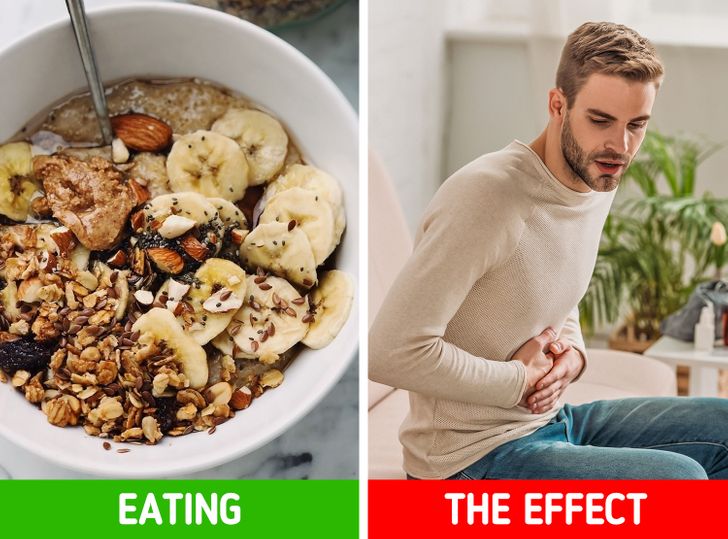
One of the early signs that your body may be struggling with sugar is the onset of persistent stomach cramps. These cramps can occur shortly after consuming sugary foods or beverages and may be accompanied by abdominal discomfort or pain. The digestive system of individuals with sugar intolerance is often less efficient at processing certain sugars, leading to fermentation in the gut. This process produces gas and acids, which can irritate the stomach lining and cause cramps.
How It Happens:
When your body is unable to digest sugar properly, it creates an imbalance in the gut flora. This imbalance can lead to bloating, cramps, and even inflammation over time. Additionally, certain types of sugar, like fructose, can be especially challenging for some people to process, leading to these discomforts.
Managing the Issue:
- Dietary Adjustments: Consider reducing or eliminating foods high in added sugars. Replace them with natural sweeteners like stevia or monk fruit.
- Probiotics: Incorporate probiotic-rich foods such as yogurt, kefir, or fermented vegetables to help balance gut bacteria.
- Hydration: Drinking plenty of water can help flush out toxins and aid digestion.
For more insights on managing digestive discomfort related to sugar, visit Mayo Clinic’s guide on digestive health.
Nausea and Sugar Sensitivity: What Your Body Is Telling You
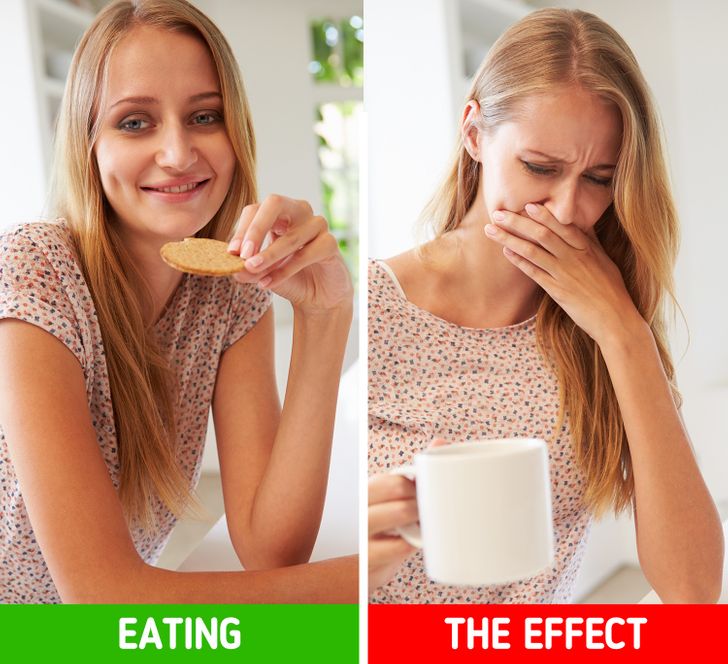
Another subtle sign of sugar intolerance is feeling nauseous after consuming sugary foods. Nausea is often the body’s way of signaling that something isn’t quite right with the digestive process. When sugar is ingested in large amounts, especially if your body is sensitive to it, the rapid spike in blood sugar can lead to an overproduction of insulin. This, in turn, may cause your blood sugar levels to crash suddenly, leaving you with a queasy feeling.
Key Factors:
- Insulin Response: A high intake of sugar forces the pancreas to produce more insulin, which can lead to hypoglycemia (low blood sugar) and subsequent nausea.
- Digestive Overload: The body may struggle to digest excessive amounts of sugar, resulting in an upset stomach and a feeling of nausea.
Tips for Relief:
- Balanced Meals: Eat balanced meals that include proteins, healthy fats, and fiber to stabilize blood sugar levels.
- Portion Control: Limiting the quantity of sugary foods in one sitting can prevent the overwhelming surge in blood sugar.
- Natural Remedies: Ginger tea is known for its anti-nausea properties and can help soothe the stomach after a sugar-induced upset.
To understand more about the connection between blood sugar levels and nausea, explore the WebMD article on blood sugar management.
Bloating and Digestive Discomfort: Recognizing Sugar Intolerance
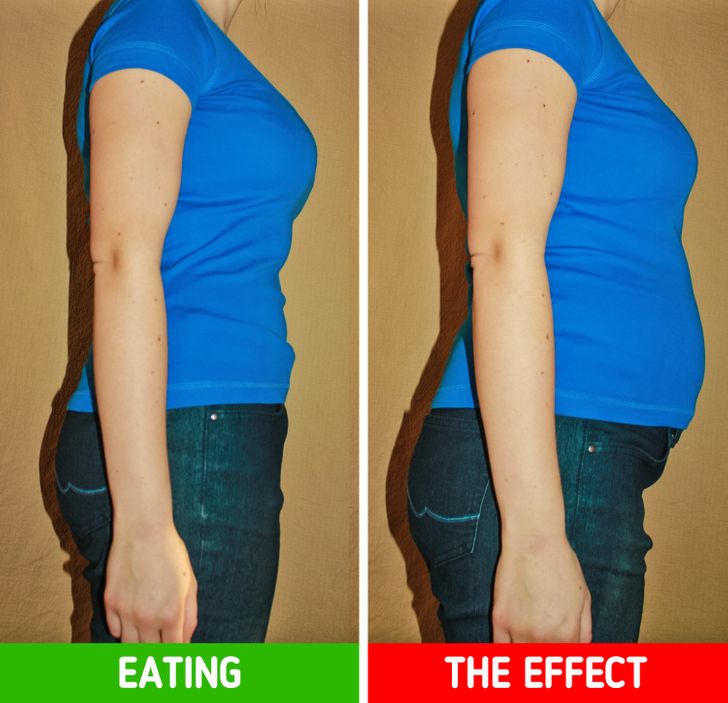
Bloating is one of the most common yet overlooked symptoms of sugar intolerance. When your body struggles to break down certain sugars, the fermentation process in your gut produces gases that lead to a bloated feeling. This condition, often mistaken for indigestion or overeating, can be a clear sign that your system is not handling sugar well.
What Causes Bloating:
- Fermentation: Undigested sugars are fermented by gut bacteria, producing gas as a byproduct.
- Intestinal Inflammation: Continuous exposure to high sugar levels can lead to inflammation in the digestive tract, worsening bloating and discomfort.
Effective Strategies to Combat Bloating:
- Low-FODMAP Diet: Consider following a low-FODMAP diet, which limits certain carbohydrates that are difficult to digest, including specific sugars.
- Digestive Enzymes: Supplements containing digestive enzymes may help break down sugars more efficiently, reducing the likelihood of bloating.
- Mindful Eating: Eating slowly and chewing food thoroughly can aid digestion and reduce the risk of gas buildup.
For a deeper dive into dietary changes that can alleviate bloating, refer to the Harvard Health Publishing article on digestive health.
Excessive Gas and Sugar Sensitivity: Understanding Digestive Distress
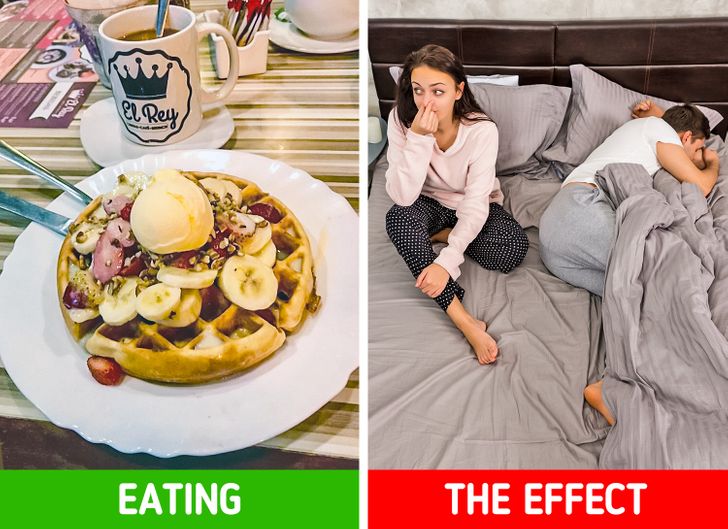
Excessive gas is not only embarrassing but also a common indicator that your body may be sensitive to sugar. When sugar isn’t fully absorbed in the small intestine, it moves into the large intestine where bacteria break it down, releasing gas as a natural byproduct. For those with sugar intolerance, this process can be more pronounced, leading to uncomfortable bloating and excessive flatulence.
Mechanism Behind Excessive Gas:
- Incomplete Absorption: In some individuals, enzymes necessary for sugar digestion are insufficient, causing undigested sugars to ferment.
- Gut Flora Imbalance: An imbalance in gut bacteria can exacerbate gas production, further intensifying discomfort.
Preventative Measures:
- Elimination Diet: Try an elimination diet to identify which sugars are problematic. Remove them for a period, then gradually reintroduce to see how your body responds.
- Fiber Intake: Increase your intake of soluble fiber, which can help regulate the digestive process and reduce gas formation.
- Regular Exercise: Physical activity can help stimulate digestion and alleviate symptoms of gas and bloating.
For additional information on managing digestive issues, visit Healthline’s comprehensive guide on gut health.
Sugar Cravings and Dependency: Why Your Body Craves More
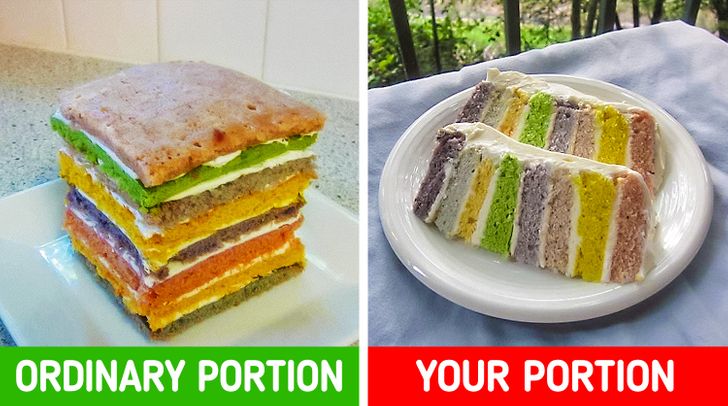
One of the more perplexing signs of sugar intolerance is an increased craving for sweets. It may seem counterintuitive, but if your body is struggling to process sugar properly, it might signal you to consume even more sugar. This cycle can create a dependency where your body craves the immediate energy boost that sugar provides, even though it ultimately leads to discomfort.
Understanding the Cravings:
- Energy Spike and Crash: When you consume sugar, you experience a temporary surge in energy followed by a rapid crash, prompting further cravings to regain that lost energy.
- Hormonal Imbalances: Sugar consumption can disrupt the balance of hunger-regulating hormones like ghrelin and leptin, leading to increased appetite and cravings.
- Brain Chemistry: Sugar triggers the release of dopamine, a neurotransmitter linked to pleasure and reward, which reinforces the desire for more sugar.
Tips to Curb Cravings:
- Healthy Alternatives: Replace sugary snacks with nutrient-dense alternatives such as fruits, nuts, or dark chocolate, which can satisfy your sweet tooth without the adverse effects.
- Regular Meals: Eating balanced meals at regular intervals can stabilize blood sugar levels and reduce the intensity of cravings.
- Mindful Eating: Practice mindful eating techniques to better understand your hunger cues and differentiate between emotional cravings and actual physical hunger.
For further reading on managing sugar cravings and understanding their underlying causes, check out this insightful article on sugar addiction from Medical News Today.
Post-Meal Fatigue: Uncovering the Link Between Sugar and Sleepiness

Feeling excessively sleepy after eating can be another low-key sign that your body doesn’t tolerate sugar well. Post-meal fatigue, commonly known as a “sugar crash,” is a direct result of the rapid spike and subsequent fall in blood sugar levels. This can lead to a sudden drop in energy, making you feel drowsy and sluggish shortly after your meal.
Why Does This Happen?
- Blood Sugar Fluctuations: A high sugar intake causes a swift rise in blood glucose, which triggers an equally rapid release of insulin. The resulting drop in blood sugar levels can lead to feelings of fatigue.
- Digestive Overload: The body uses significant energy to process large amounts of sugar, diverting energy from other bodily functions and resulting in tiredness.
Strategies to Prevent Post-Meal Sleepiness:
- Balanced Diet: Incorporate a mix of proteins, healthy fats, and complex carbohydrates in your meals to prevent sharp blood sugar spikes.
- Smaller, Frequent Meals: Eating smaller portions more frequently throughout the day can help maintain steady blood sugar levels and avoid crashes.
- Physical Activity: A short walk after meals can improve blood circulation and help mitigate the feelings of sleepiness that follow a sugary meal.
For more detailed strategies on preventing blood sugar crashes and managing post-meal fatigue, visit WebMD’s resource on managing blood sugar.
The Long-Term Impact of Sugar Intolerance
While the symptoms described above might seem minor at first, chronic sugar intolerance can lead to more serious health issues over time. Prolonged exposure to high sugar levels, coupled with the body’s inability to process it efficiently, can contribute to metabolic disorders, inflammation, and even increased risk of chronic diseases such as type 2 diabetes and heart disease.
Important Considerations:
Inflammation: Constant exposure to high sugar levels can trigger inflammatory responses in the body, leading to joint pain, skin issues, and even an increased risk of chronic conditions.
Insulin Resistance: Over time, your body may develop insulin resistance, where it becomes less responsive to insulin, increasing the risk of diabetes.
Digestive Disorders: Ongoing sugar intolerance can exacerbate digestive issues, leading to conditions such as irritable bowel syndrome (IBS) and other gastrointestinal disturbances.
Addressing sugar intolerance early on is crucial not only for immediate relief but also for preventing long-term health complications. Adopting a balanced diet, staying physically active, and monitoring your sugar intake are key steps towards a healthier lifestyle. For a comprehensive overview of the long-term impacts of sugar on health, check out Harvard Health Publishing’s article on sugar and chronic disease.
Practical Tips for Managing Sugar Intake
Recognizing these low-key signs is the first step toward managing sugar intolerance effectively. Once you identify that your body is reacting negatively to sugar, you can take proactive measures to minimize its intake and improve your overall health.
Actionable Strategies Include:
Read Labels Carefully: Processed foods often contain hidden sugars. Reading nutrition labels can help you avoid unnecessary sugar intake.
Choose Whole Foods: Emphasize whole, unprocessed foods such as vegetables, fruits, lean proteins, and whole grains that naturally contain less sugar.
Meal Planning: Create meal plans that focus on balanced nutrition. Consider incorporating high-fiber foods and healthy fats to stabilize blood sugar levels.
Monitor Your Symptoms: Keep a food diary to track what you eat and note any symptoms you experience. This can help you identify specific triggers and patterns related to sugar consumption.
Consult a Professional: If you suspect severe sugar intolerance or related health issues, consulting a nutritionist or healthcare provider can provide personalized advice and strategies.
For additional tips on managing sugar intake and improving your overall nutrition, visit Nutrition.gov.
Conclusion
Sugar is an integral part of many diets, yet its hidden effects on our bodies often go unnoticed. From persistent stomach cramps and nausea to bloating, gas, and post-meal fatigue, the subtle signs of sugar intolerance can easily be mistaken for everyday discomfort. Recognizing these signals early on can empower you to make informed dietary choices and take proactive steps toward better health.
By incorporating balanced nutrition, mindful eating, and regular physical activity, you can mitigate the negative effects of sugar and prevent long-term health complications such as insulin resistance and chronic inflammation. Embracing a healthier lifestyle not only improves your digestive well-being but also supports weight loss, energy levels, and overall vitality.
Remember, the journey toward better health starts with small, consistent changes. If you notice any of these symptoms, consider reviewing your diet and making adjustments that align with your body’s needs. With awareness and the right approach, you can take control of your health and enjoy a life free from the adverse effects of sugar intolerance.
For further reading on managing sugar sensitivity and related health topics, explore resources from trusted sites like Healthline, Mayo Clinic, and WebMD.
Embrace the signs your body gives you, and take actionable steps today to improve your health, well-being, and quality of life.


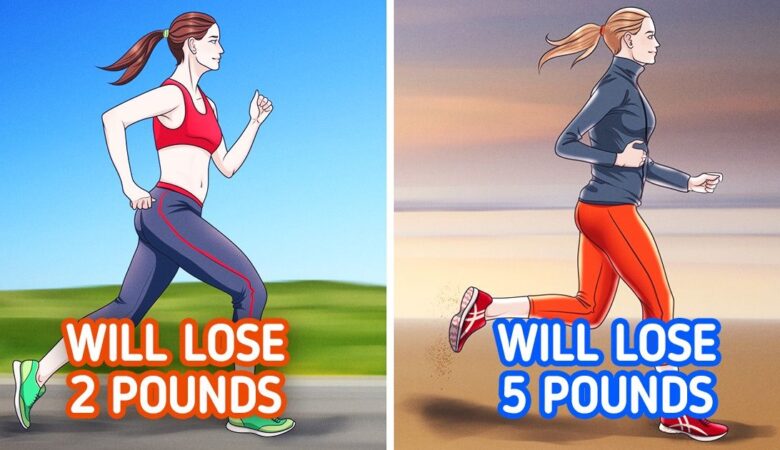
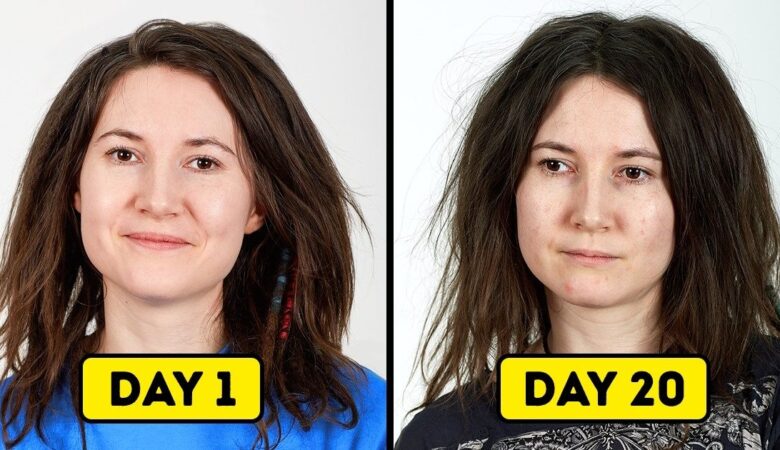
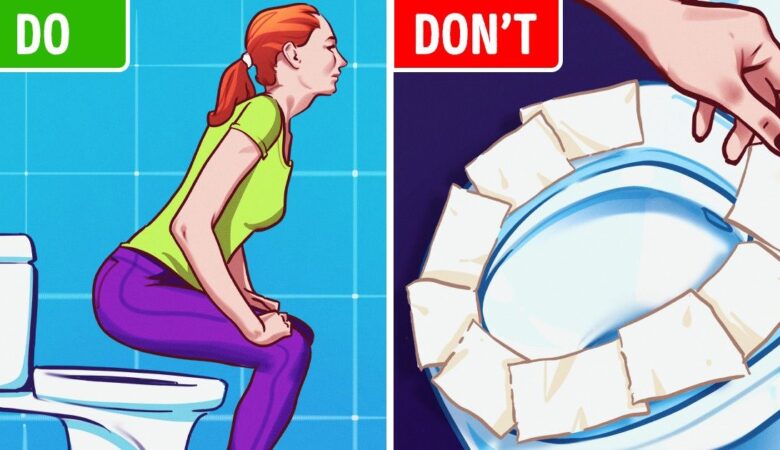
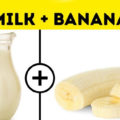


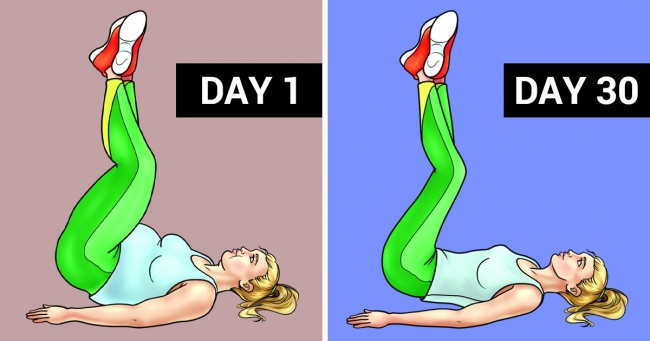
Leave a Reply